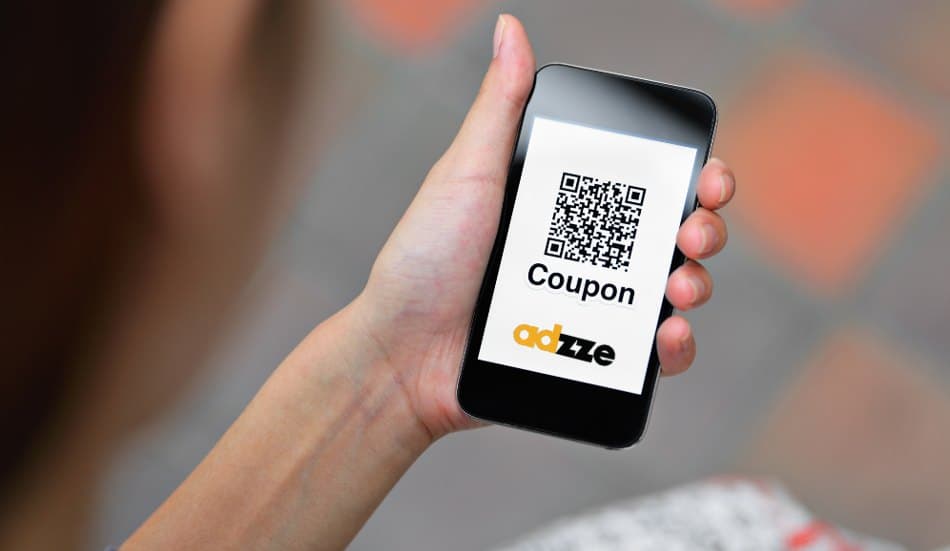
Outside-The-Box Tactics With AR Advertisement
An outclass AR advertisement can really get people involved. People want to have an individually unique experience and AR advertisements can provide that. They buy a brand that knows them genuinely and they can relate to it. Marketers should take AR advertisements as an enhanced version of usual marketing, more powerful than ever before.
There are huge benefits that a brand can experience by using AR advertisements as a marketing tool. According to MirrAR Integrating AR advertisements at different points in the sales funnel can increase up to 40% conversion because consumers are prone to have AR experience for shopping. The concept of trying before you buy is taking the retail world by storm with the help of AR advertisements. There is an ever-increasing number appearing at Statista with 1.5 billion frequent AR consumers worldwide. Which is expected to grow to 4.3 billion by 2025.
AR advertisement has developed pretty quickly over the past few years. It is moving from the web to smartphones and now interactive print Ads are trending in the form of flyers, business cards, and product catalogs. As a next-gen marketer you should ask yourself are you ready for augmented reality marketing? If the answer is not sure then have a look at the reasons you should try AR OOH Ads for your next marketing venture. Because the future of AR OOH advertising is quite evident.




